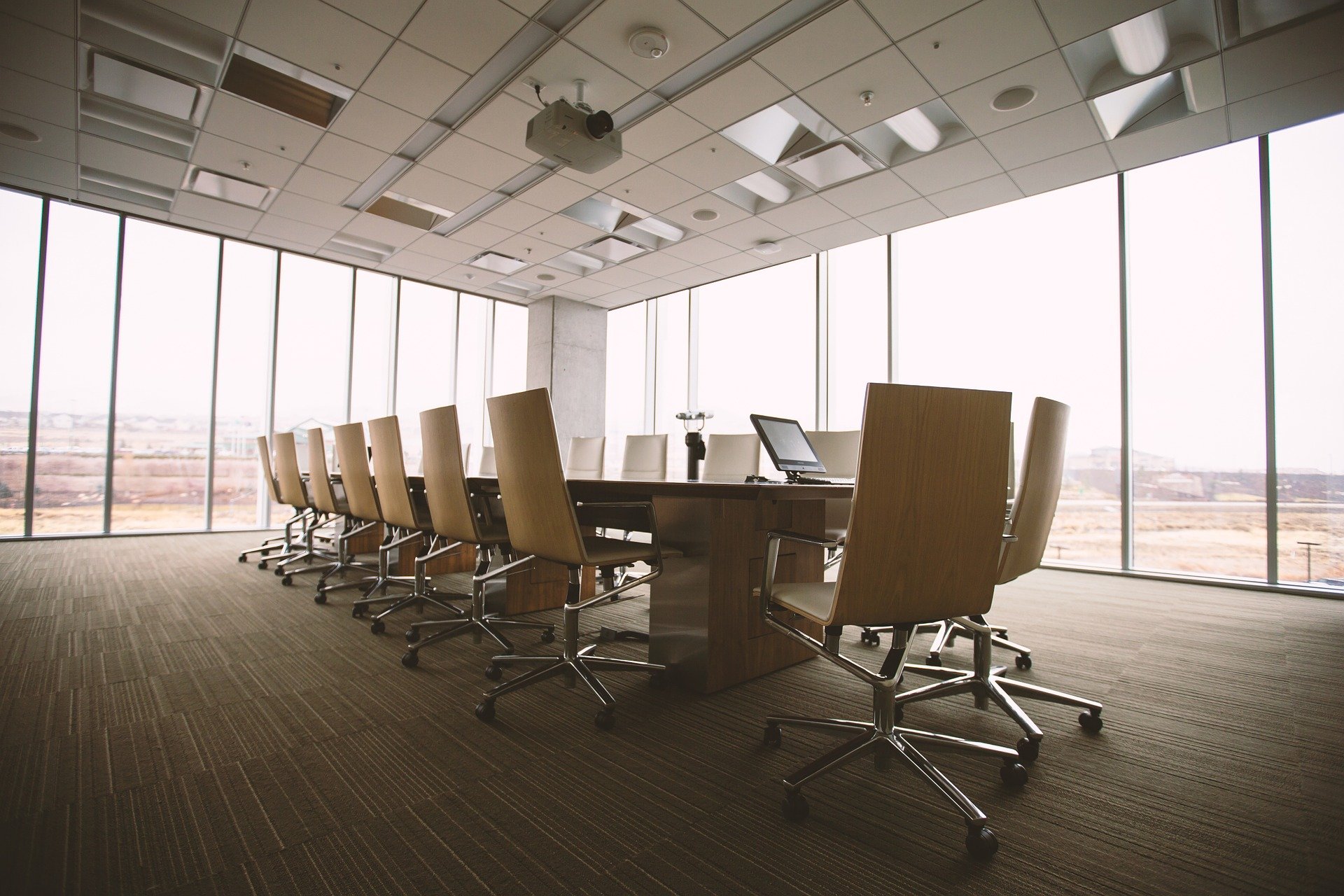“June, July, August are always the biggest shooting months,” he said, adding that most large American cities see about a 30 percent uptick in shootings and homicides in the summer.
Federal officials and outside experts are not certain what caused the surge in gun deaths overall. “One possible explanation is stressors associated with the Covid pandemic that could have played a role, including changes and disruption to services and education, social isolation, housing instability and difficulty covering daily expenses,” said Thomas R. Simon, associate director for science at the C.D.C.’s division of violence prevention.
The rise also corresponded to accelerated sales of firearms as the pandemic spread and lockdowns became the norm, the C.D.C. noted. Americans began a gun-buying spree in 2020 that continued into 2021, when in a single week the F.B.I. reported a record 1.2 million background checks.
Today, gun buying has largely returned to prepandemic levels, but there remain roughly 15 million more guns in circulation than there would be without the pandemic, according to Garen J. Wintemute, a gun violence researcher at the University of California, Davis.
But gun violence has many roots.
Federal researchers also cited disruptions in routine health care; protests over police use of lethal force; a rise in domestic violence; inequitable access to health care; and longstanding systemic racism that contributes to poor housing conditions, limited educational opportunities and high poverty rates.
Law enforcement officials and criminologists pointed not just to the pandemic, but also to the divisive presidential election in 2020, as gun buying tends to increase at times of deep political polarization.
And there is a sense, harder to quantify, that psyches are frayed — that citizens may be quicker to turn to violence when provoked.

